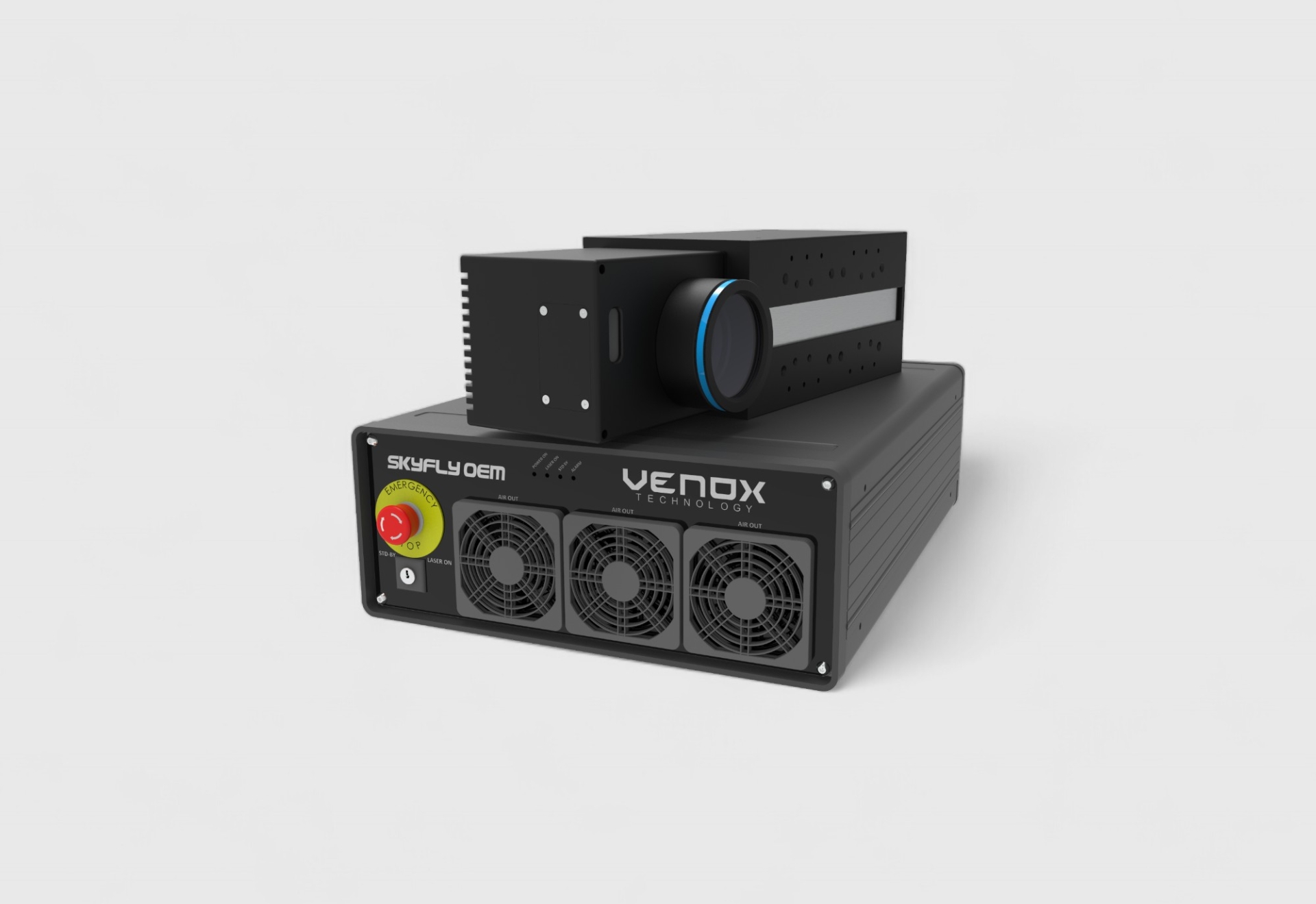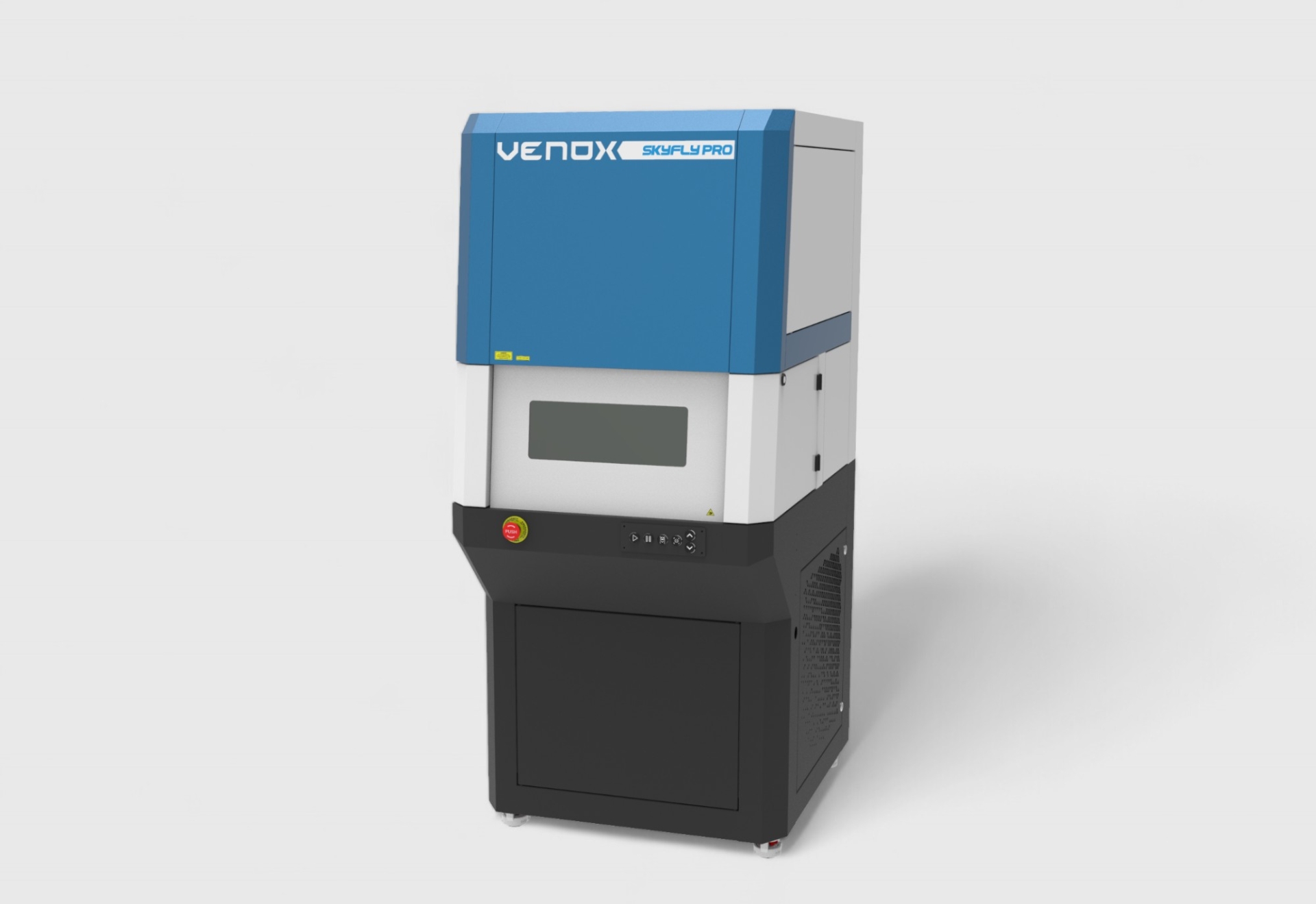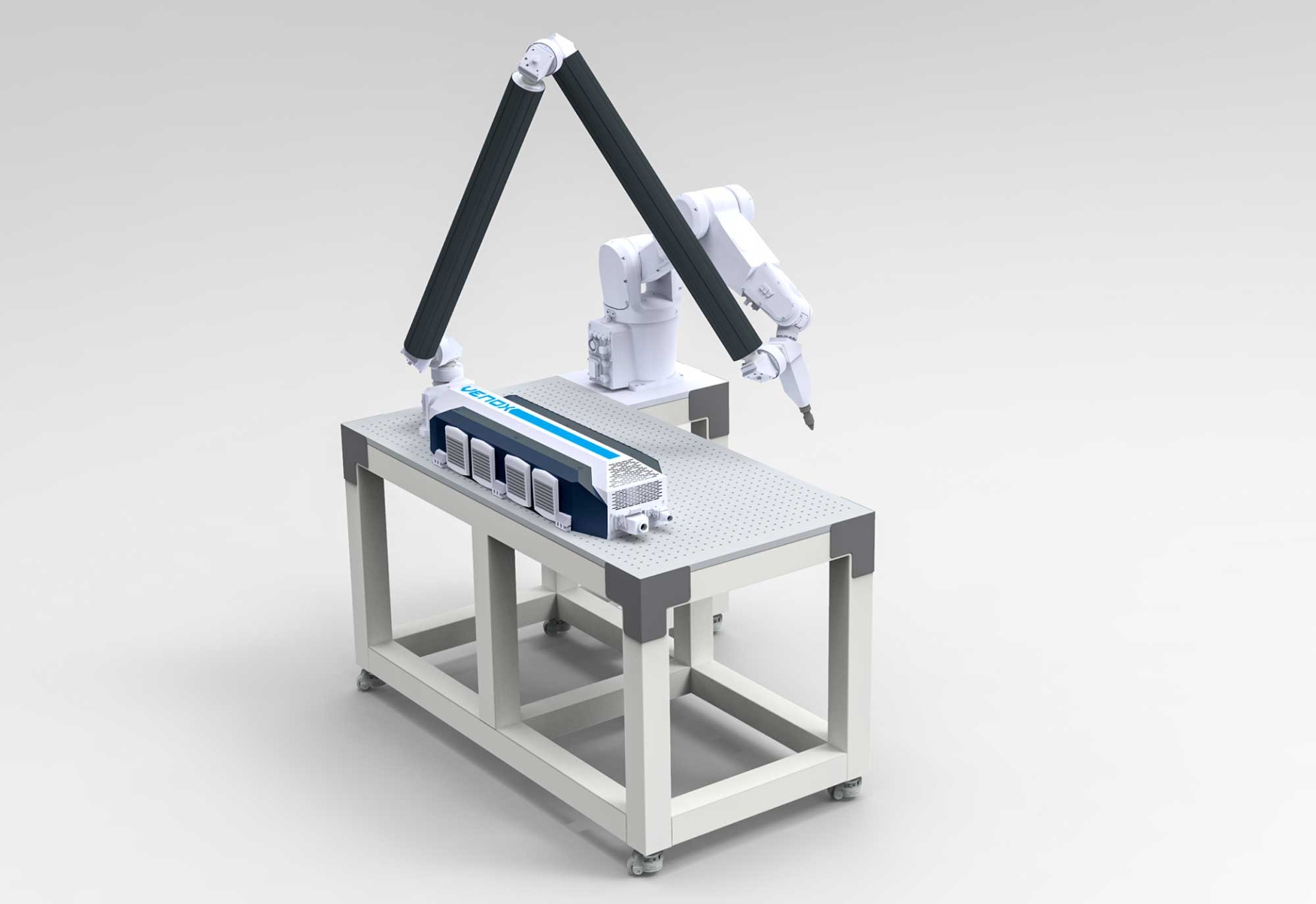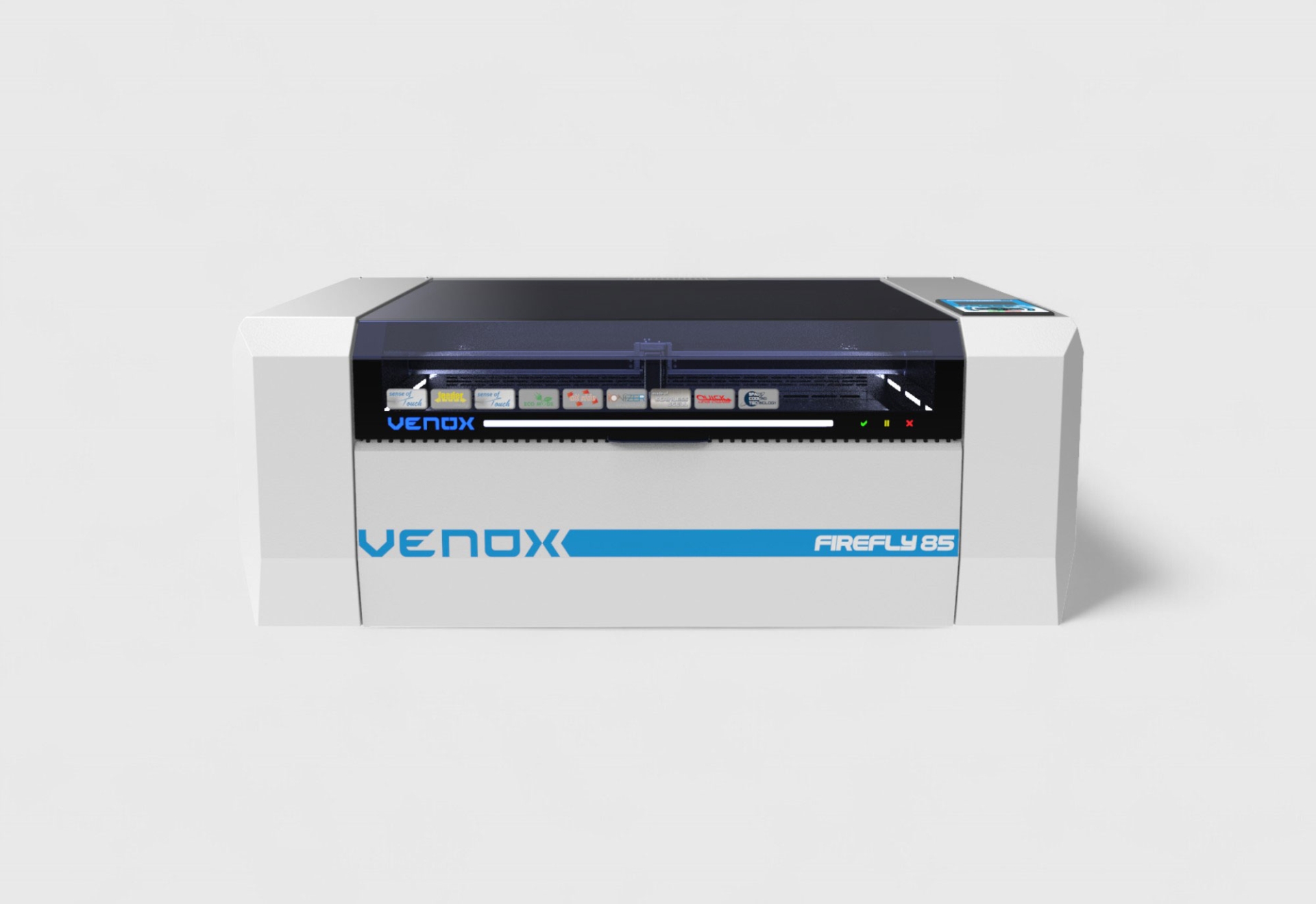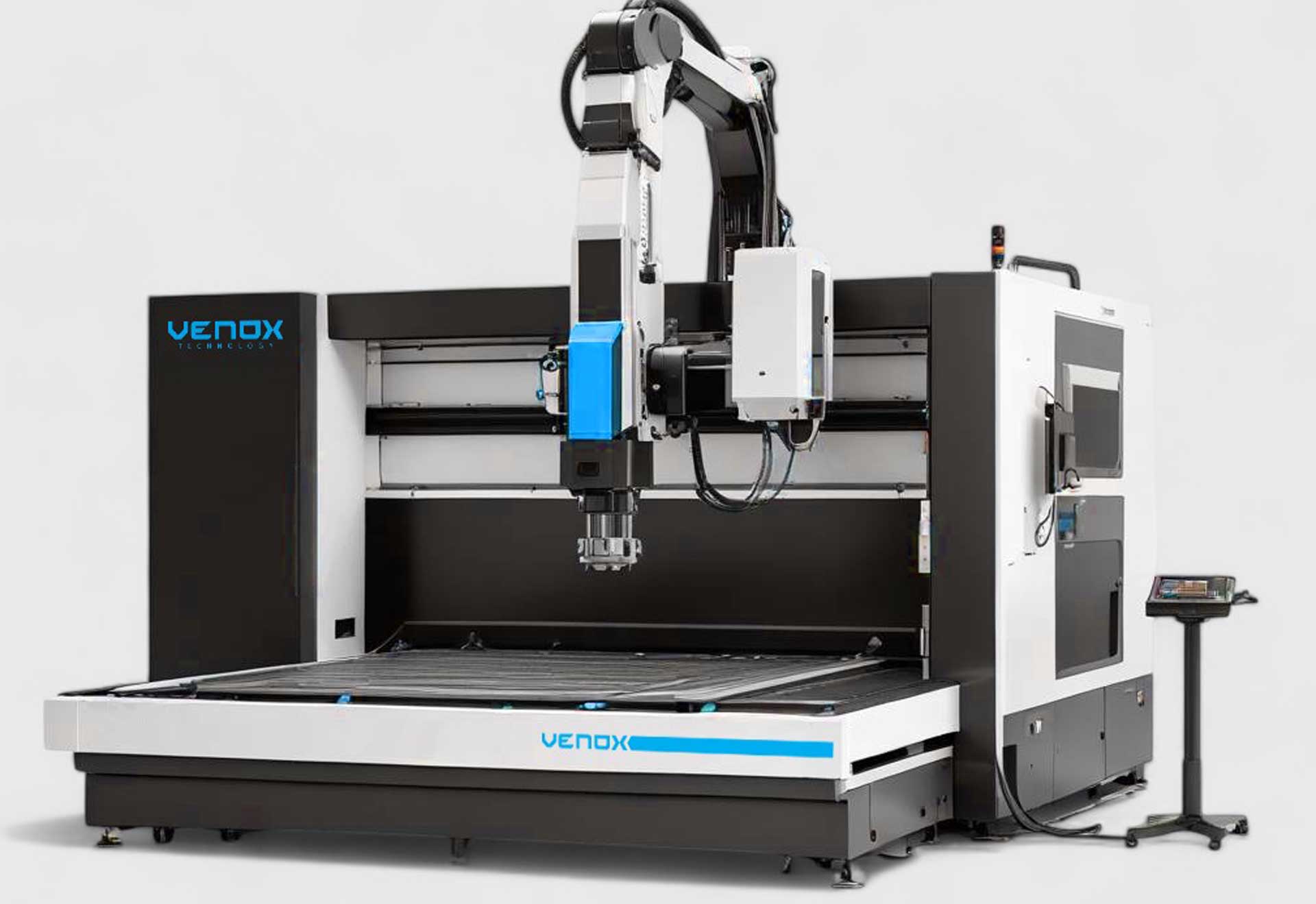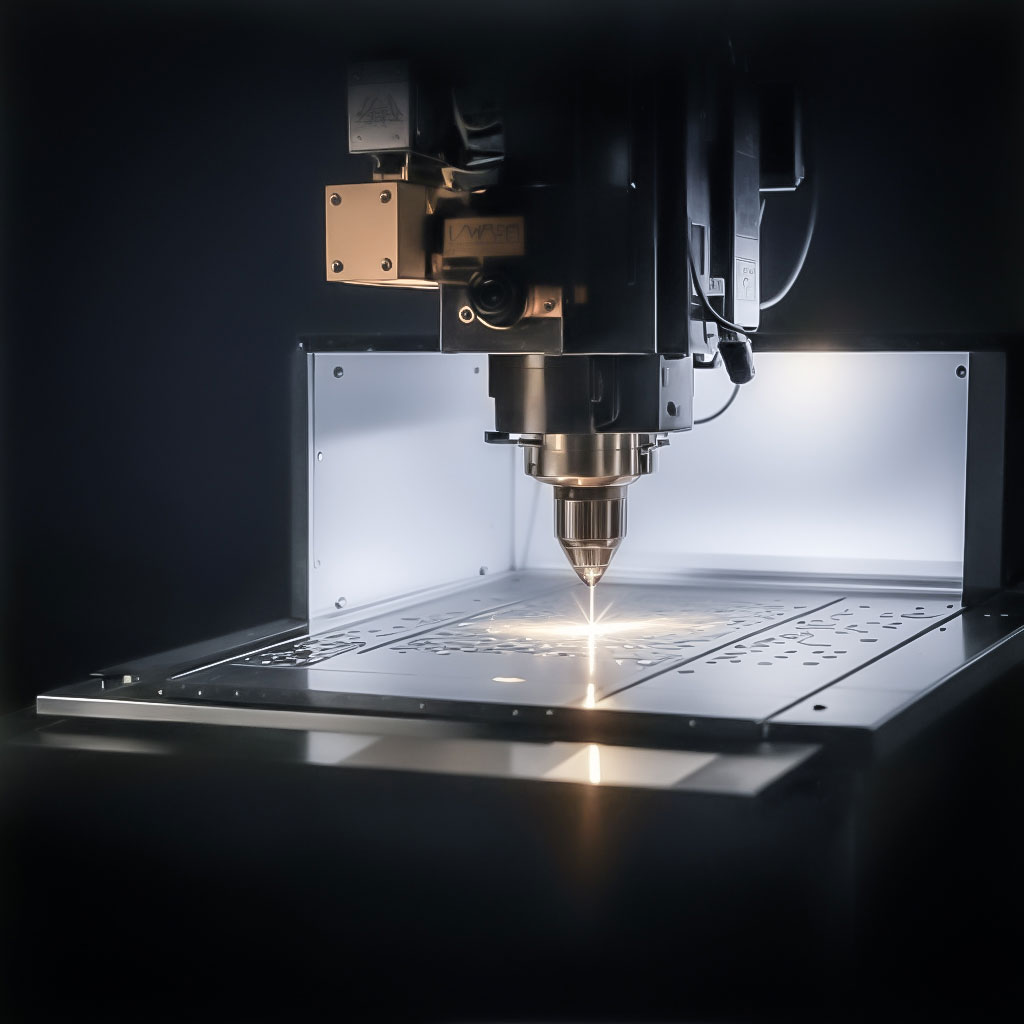Laser Marking Machine: Working Principles, Application Areas and Selection Criteria
Working Principle of the Laser Marking Machine
Basic Mechanism
The laser marking machine focuses a high-intensity laser beam on the material surface to leave a permanent mark. During this process, thermal effect, oxidation, or ablation occurs. This method is suitable for marking logos, texts, barcodes, and QR codes with high resolution.
Galvo Systems
Modern laser marking machines use galvo scanner heads. These systems direct the laser beam through mirrors at high speed, enabling marking of large areas in a very short time.
Wavelength Selection
Different laser sources deliver superior performance for different groups of materials:
- Fiber laser: High-contrast marking on metals such as stainless steel, aluminum, and brass.
- CO2 laser: Wide application range on organic materials such as plastic, leather, wood, and glass.
- UV laser: Precise micro-scale marking on glass, silicon, and medical polymers.
Industrial Application Areas
Automotive and Transportation
Engine parts, chassis numbers, buttons, and sensors are marked with laser marking machines. This ensures traceability and prevents counterfeiting.
Electronics and Telecommunications
Small chips, cables, PCB boards, and connectors are serially numbered with laser marking. Fiber lasers provide high-contrast and precise marking.
Medical Devices and Healthcare Technologies
On surgical instruments, implants, and medical devices, laser marking remains permanent even after sterilization. UV lasers are preferred for polymer-based medical products.
Packaging and Food Industry
Information such as batch number, expiration date, and barcode can be written directly on packaging with CO2 lasers. This method eliminates the need for ink.
Architecture and Decoration
Markings on glass, wood, ceramic, and marble allow decorative patterns and personalized designs to be created.
Selection Criteria for Laser Marking Machines
Material Compatibility
The choice of machine should be based on the type of material to be marked. Fiber lasers are suitable for metal surfaces, while CO2 or UV laser machines are ideal for plastic and glass.
Marking Area and Speed
Machines with smaller areas should be used for small parts, while those with larger scanning areas should be chosen for large production lines. For high-volume production, laser marking systems are more efficient.
Resolution and Precision
For barcodes, QR codes, or micro-texts, machines that support high resolution should be used. Galvo-based machines stand out in this regard.
Automation and Integration
For businesses with line-type production, it is important that laser marking machines can integrate with conveyors, robotic arms, and automation systems. This integration ensures speed and efficiency in mass production.
Software and Data Management
Laser marking machines should provide advanced software support for generating barcodes and QR codes, ERP/MES integration, and processing production data.
Advantages of Laser Marking Machines
Durability and Resistance
The marks on products are resistant to wear, chemicals, and high temperatures. Therefore, they are safely used especially in the automotive and medical device industries.
High Speed and Efficiency
Laser marking machines can mark hundreds of products within seconds. This feature is critical for factories with high-volume production.
Low Cost and Eco-Friendly Use
Since no consumables are required, operating costs are low. In addition, as no chemicals or inks are used, it is environmentally friendly.
Flexibility and Digital Control
With CAD/CAM-based software, different patterns, logos, and texts can be easily applied. Design changes require no additional cost.
High-Resolution Marking
Micro-texts, QR codes, and barcodes can be applied with laser marking machines without compromising readability.
